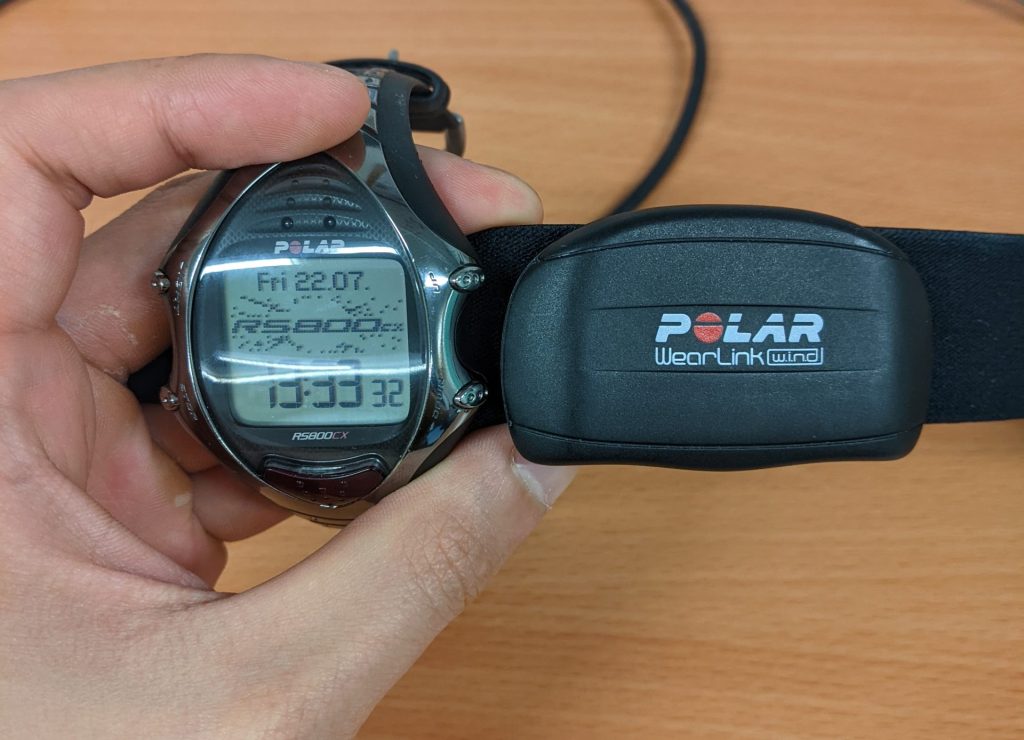Understanding alert fatigue for the development of better alert systems.
Major project
Investigation on the effects of alert frequency for proximity alert systems and how alert fatigue is affected
Alert Recognition Test Helmet and Controller
This project was done in collaboration with Plinx, a company that designs and manufactures proximity alert systems for the construction industry. I reached out to the company in November 2021 as I was interested in their system. After months of discussion for potential project ideas, we believed that a study on alert fatigue would provide the best insight for the development of their product. The alert helmet and controller used in this study were produced by their development team.
Dual-task Test
Participants conducted a dual-task test in a dimmed room at a comfortable room temperature. The primary task was a 20-minute continuous performance test which was used to induce a low level of mental fatigue to the participants. The secondary task was the alert recognition test, where participants must accurately recognise the alerts and respond correctly by pressing the button associated with the alert.
Experiment Design
Participants were instructed to concentrate on their primary task (Continuous performance test), using their left hand to press the space bar to interact with the on-screen task. Meanwhile, different sensory stimuli/stimulus would be activated from the alert helmet, using their right hand, participants would press the button corresponding to the alert. Finally, the Polar RS800CX chest strap recorded heart-rate variation information for the analysis of the participant's level of arousal.
Alert Helmet
Participants wore an alert helmet which produced 3 different sensory stimuli: vibration, light, and sound. The vibration motors are located on the back of the helmet, LEDs for visual stimuli are at the front attached to the brim, and sounds were played through speakers on both sides of the helmet. A combination of stimuli can also be produced from the helmet, with a total of 7 different types of alerts.
Polar RS800CX
Physiological measures can be used as a useful indicator of mental fatigue. For the purpose of this study, the Polar RS800CX was used to record the participants' heart rate variation. The data collected was used to provide objective evidence of alert fatigue.
Results: Alert Frequency
Using a referenced rank table where higher numbers indicate higher levels of alert fatigue. The results from this study indicate subjects were least affected by alert fatigue during trials with the lowest alert frequency (around 1 alert every 2 minutes). As they were least likely to make mistakes and have the quickest reaction speed. However, as alert frequency increases, results were mixed from both objective and subjective measures indicating no significant differences in alert fatigue between higher alert frequency groups.
Results: Alert Type
It was theorised that increasing alert complexity would lead to increasing levels of alert fatigue which would affect task performance. However, although single stimulus alerts consistently saw better task performance than double or triple stimuli, alerts with higher numbers of stimuli were similar. Unexpectedly, a combination of vibration and tone affected subjects the most.
Chiwei Tsang
Major project
Investigation on the effects of alert frequency for proximity alert systems and how alert fatigue is affected






